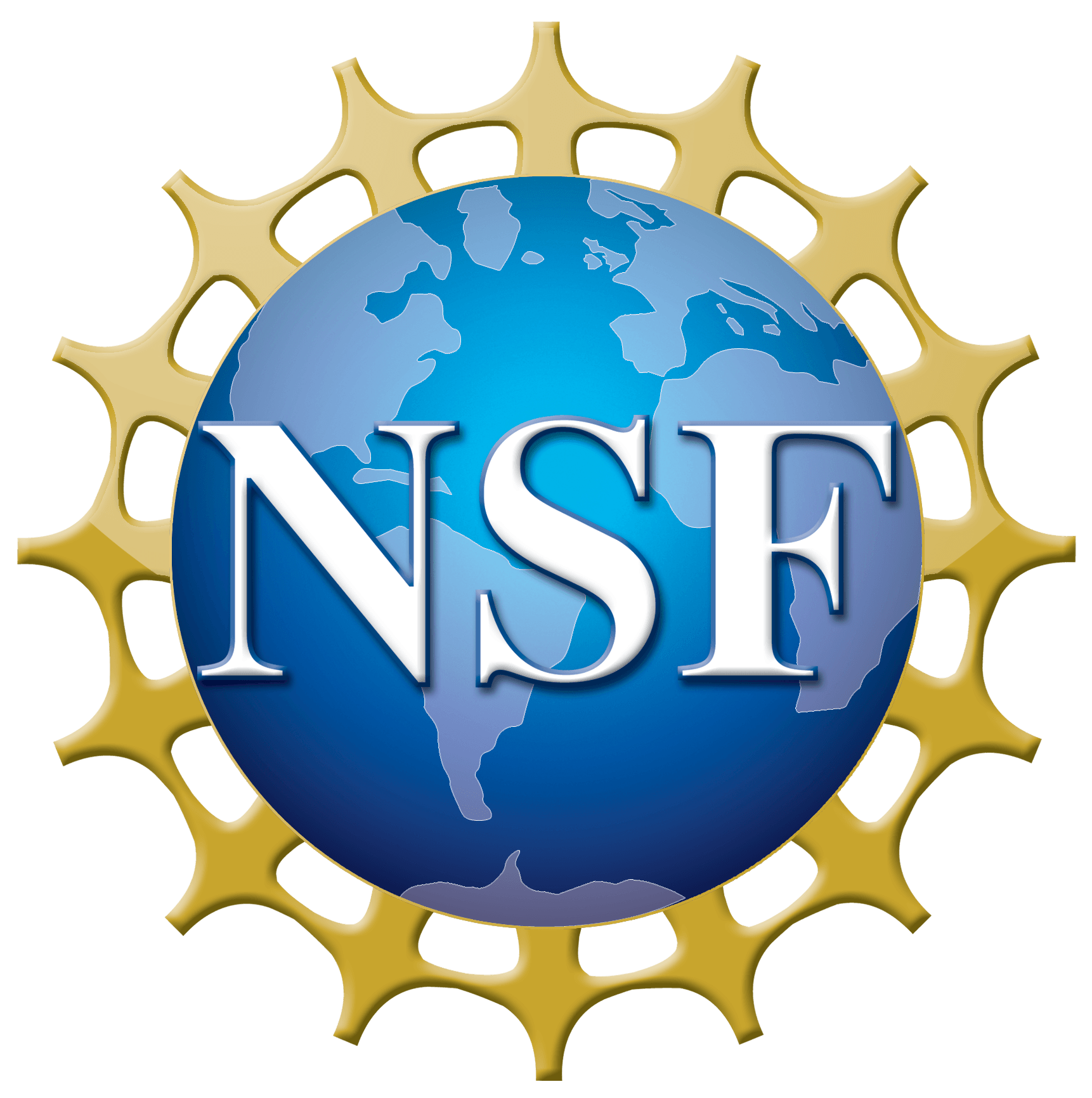Question: It is said that light traveling from a star that is currently 10 billion light years from us…
Select :
asteroid collisionasteroidsastronomical distance scalesatomsbig bangblack holesbright lights in the skybrown dwarfcareerscelestial eventschecker cabscometsconstellationscosmic distancescosmic microwave backgroundcosmic rayscosmologydark energydark matterdwarf planeteartheclipseeclipticeducationexoplanetsexpansion of the universegalaxiesgeneral relativitygravitational lensgravity wavesGreat Red SpotHoaxesHubble Space Telescope (HST)Interferometerinterferometryinterstellar moleculesionosphereJupitermagnetarsmarsmeteorsMH370milky wayMilky Way Galaxymoleculesmoonmoonsneutron starneutron starsNibirunight skyparallaxphysicsplanetsplutoproperties of lightPtolemypulsarsquasarsradar astronomyRadio Astronomyradio frequency interferenceradio interferometersradio recombination line emissionRadio TelescopeSatellite DishSchwarzschild Radiusscientific methodsearch for extraterrestrial intelligenceSETIsolar systemspace probesspacecraftstar formationstarssunsupernovasupernova remnantssupernovaetelescopestime dilationTrans Neptunian Objectstwin paradoxunexplained celestial observationsVenusVery Large ArrayVery Long Baseline Array (VLBA)Voyager 1weather
Do Light Waves Get Stretched to Straight Lines By Moving Objects?
Question: Does light wave disintegrates(i.e. its crest and troughs vanishes leaving a straight line) when it travels unhindered and…
Can the Gravitational Affects Due to Dark Matter be Felt By a Spacecraft at the Langrange Points?
Question: Would it be possible to detect dark matter near the earth by sending out a space craft to…
Can a Person Observe a Quasar as it Appeared Later in its Life?
Question: I am a high school student and very interested in astronomy I’m only a freshman but have had…
Inconsistency Between the Age and Radius of the Universe
Question: I see often estimates that the universe is 46 billion light years in extent. However, it is only…
Why is the CMB Uniform if the Universe Started at a Singularity?
Question: How can the CMB from the Big Bang be all around us in every direction. If the universe…





